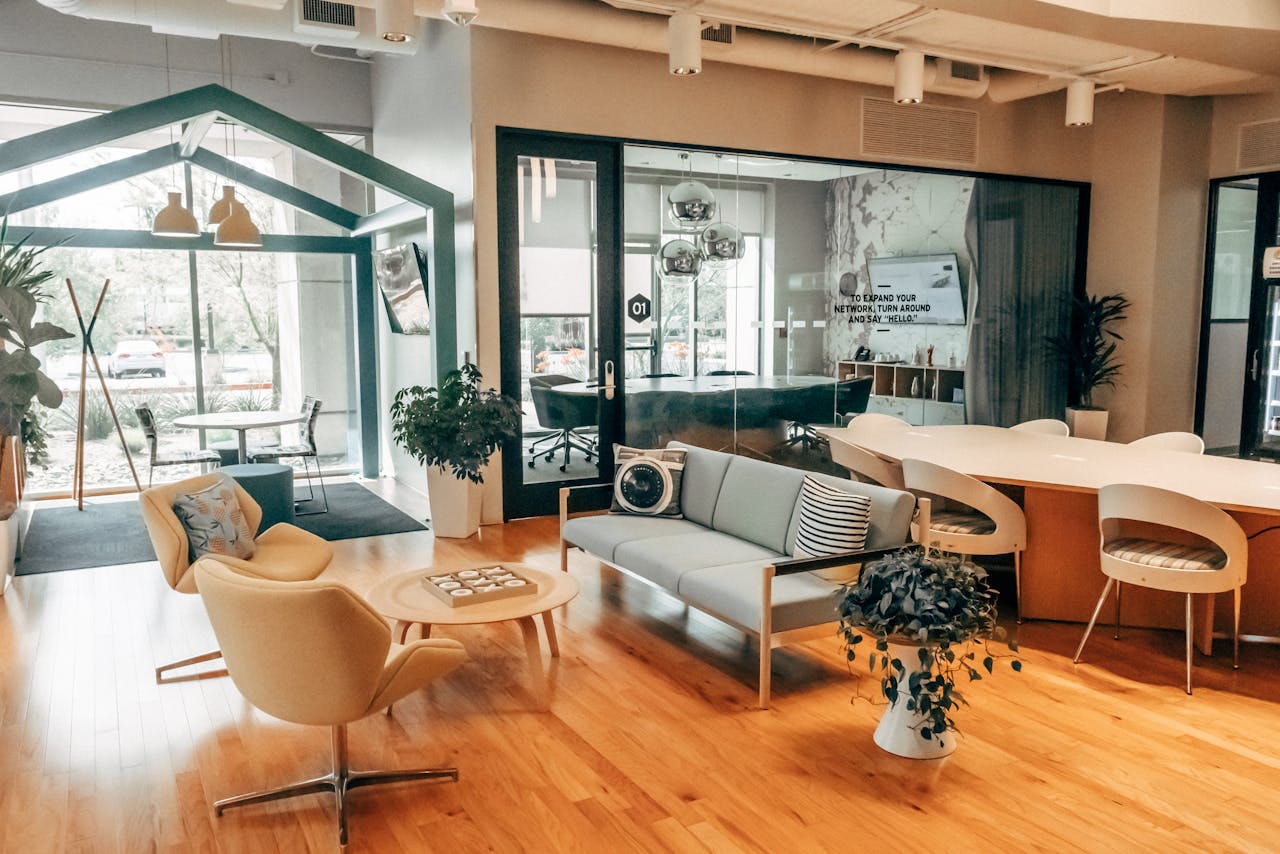Adaptive Logistics: Agility in Supply Chain Management for Industry Giants
Adaptive logistics is a way to make a supply chain nimble and ready to react quickly and effectively to any changes. These changes could be anything from shifting customer needs to unexpected events like severe weather or sudden governmental changes.
The key strength of adaptive logistics is its ability to remain flexible and act quickly. This stands in stark contrast to traditional supply chains, which often depend on set processes and plans that can be unyielding and take time to adjust.
Rather than sticking to a predetermined path, adaptive logistics uses up-to-the-minute data and modern technology to make instant changes, aiming to keep things moving smoothly even when there are bumps in the road.
For instance, imagine a company that makes products using materials from different parts of the world. If one of their material suppliers suddenly can’t deliver, an adaptive logistics system can reroute orders to other suppliers in a flash, keeping delays to a minimum and production on schedule.
The Role of Technology in Enhancing Agility
Technology is key in making logistics adaptable. Cutting-edge tools like artificial intelligence (AI), machine learning (ML), and the Internet of Things (IoT) are big players in creating supply chains that can respond quickly and bounce back easily.
How do these tools work? AI and ML can sift through piles of data to spot patterns, find the best routes, and predict possible problems. This kind of foresight helps companies adjust before little issues become big headaches.
On the other hand, IoT devices keep an eye on things in real-time. They provide amazing insight into how goods are moving and their condition at all times.
For instance, a big store could use IoT sensors to keep tabs on the temperature and humidity of fresh food on the move. If these sensors notice any changes from the perfect conditions, they can alert the logistics team to act fast, making sure the food arrives to shoppers as fresh as possible.
In the manufacturing of pressure vessels—containers designed to hold gases or liquids at high pressures—IoT sensors keep a close watch on important aspects like pressure, temperature, and stress levels while the vessel is being made.
If something doesn’t look right, the system quickly lets the production team know so they can fix the issue right away. This real-time monitoring helps maintain high safety and quality, reducing the chances of making flawed products.
Benefits of Agile Supply Chain Management
For industry giants, these benefits translate into competitive advantages and improved bottom lines.
Increased Efficiency and Savings
A Better Customer Experience
People these days expect a smooth and quick service with full transparency. A quick-to-respond supply chain can offer what people want by making sure products are there when and where they’re needed. Staying in touch with customers by providing real-time updates can improve their overall shopping experience and make customers happier.
Staying Solid in Rough Times
Be it an earthquake, worldwide health crisis, or political differences, a supply chain that can roll with the punches maintains operations. Being robust in the face of a crisis can save a company from major financial losses and keep its good name in the market.
In short, agility in logistics is not a luxury but a need to survive and thrive.





